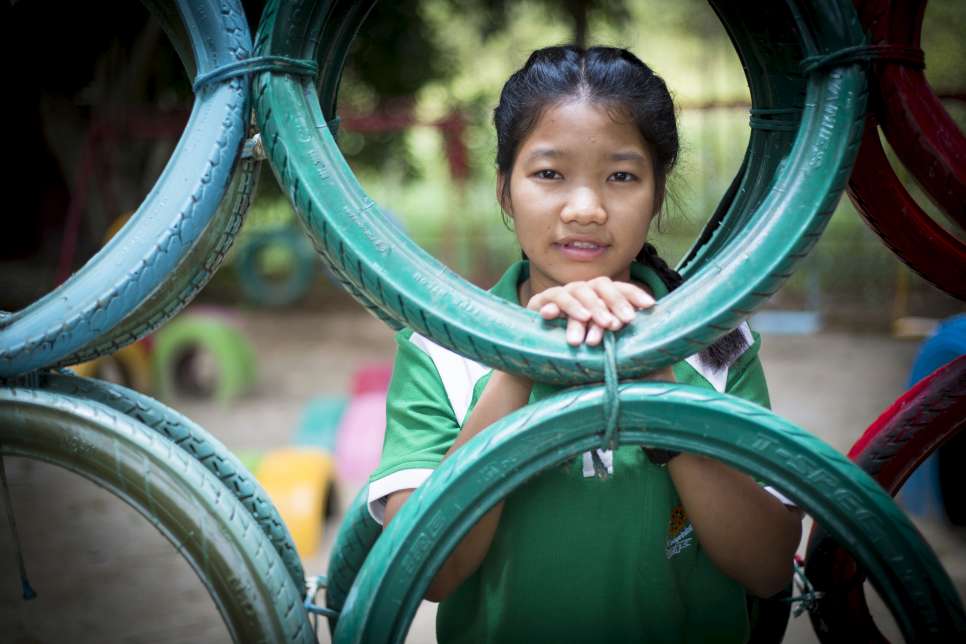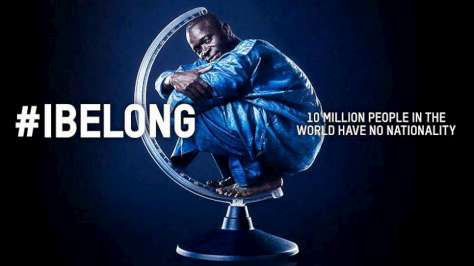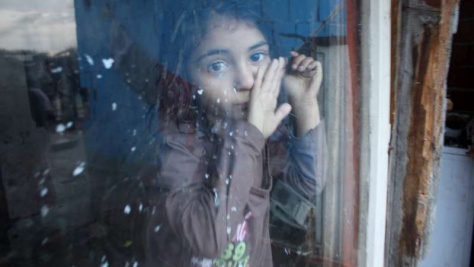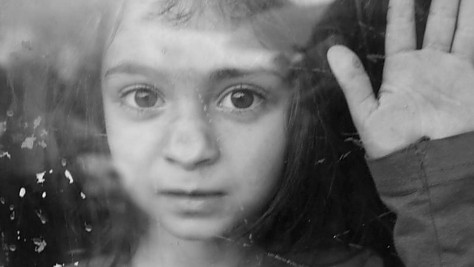How UNHCR Helps Stateless People
Through a series of resolutions beginning in 1995, the UN General Assembly gave UNHCR the formal mandate to identify stateless people, prevent and reduce statelessness around the world, as well as to protect the rights of stateless people. Twenty years earlier, the Assembly asked us to provide assistance to individuals under the 1961 Convention on the Reduction of Statelessness.
This requires us to work with governments, other UN agencies and civil society to address the problem. Our activities in the field are grouped into four categories:
1. Identification
The prerequisite for solving a problem is to understand it – but identification of statelessness goes far beyond acquiring statistics on stateless populations. The causes of statelessness, the characteristics of the population, and the problems they face, are the kinds of issues that UNHCR and partners must examine to craft a response strategy.
In many countries, the fact that stateless people live on the margins of society and are undocumented makes identification difficult. In order to gather basic statistical information, we not only work with governments and sister UN agencies, but also provide support to activities like population censuses.
We also analyze the reasons that have led to statelessness and research the situation of people who lack a nationality. While this research is important for a basic understanding of the problem, it is meaningless without first-hand information. Whenever possible, we interview stateless people about their situation and seek their views on solutions. We also try to identify and work with other stakeholders, including institutions and experts who have an influence on the situation.
Identification relates directly to the prevention of statelessness (when gaps in legislation have led to statelessness), reduction (when gauging opportunities for solutions) and protection (when talking to stateless people about their daily lives and the human rights problems they face).
2. Prevention
The easiest and most effective way to deal with statelessness is to prevent it from occurring in the first place. With this in mind, we provide legal advice to governments about how to ensure their nationality laws are compliant with international standards, including thouse set out in the 1961 Convention on the Reduction of Statelessness and relevant human rights treaties. For example, we advise states on the safeguards which are required in nationality laws to protect against childhood statelessness.
We also work to ensure that the way nationality matters are dealt with, country by country, is improved. This can include strengthening civil registration systems, promoting the importance of documenting a population, and providing training and technical advice to authorities to ensure that decisions on nationality are made without discrimination and in accordance with international human rights standards.
3. Reduction
Reducing statelessness means finding a solution for those without a nationality. There is one solution for statelessness – acquisition of nationality, usually of the country with which stateless people have the strongest ties.
UNHCR works with governments to help them to make changes to legislation and procedures, which are necessary to recognize stateless people as nationals. Additionally, we liaise with NGOs, civil society organizations, UN partners and the media to publicize these changes so stateless people know how to become nationals. We also help partners to better advise stateless people on how to access nationality through legal advice and representation.
4. Protection
Protecting stateless people means ensuring that they can exercise their human rights until they can acquire a nationality.
UNHCR provides guidance and technical assistance to governments to establish procedures to recognize stateless people and give them a legal status along with basic human rights. We do this by encouraging states to accede to the 1954 Convention relating to the Status of Stateless Persons and by advocating for the respect of rights to which stateless people are entitled under other human rights instruments.
At a grass roots level, we work with NGOs, human rights groups and other UN partners to make sure that stateless people can obtain access to education, health care, employment and other basic rights. We also work with partners to protect stateless people from indefinite detention, trafficking and violence.
A Special Report: Ending Statelessness Within 10 years
A comprehensive overview of statelessness and its devastating impact.
Handbook on Protection of Stateless People
Under the 1954 Convention relating to the status of Stateless people, Geneva 2014.
Global Action Plan to End Statelessness, 2014-2024
10 Actions which need to be undertaken to end statelessness by 2024.
Good Practices Paper: Resolving Existing Major Situations of Statelessness
To help States achieve the goals of its Campaign to End Statelessness within 10 Years.







